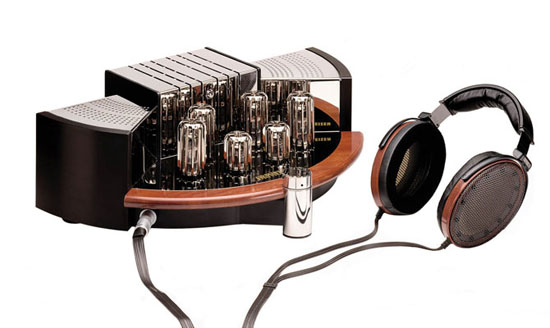
The Sennheiser Orpheus HE90 made its debut in 1991 and was immediately recognized in audiophile circles as one of the most innovative headphone systems ever created. The Orpheus system consists of two parts: the electrostatic headphone (HE90) and the matching headphone amplifier (HEV90).
A Bold Mission: To Build the Best
The Orpheus wasn’t created to compete; it was created to dominate. Sennheiser’s engineers were given a single, ambitious directive: build the best headphones in the world, sparing no expense. As Sennheiser themselves described it:
“With the boldly ambitious mission to build the best headphones in the world, Sennheiser developers once again set to work – and once again exceeded all expectations of the audio sector with these electrostatic headphones and their impressive tube preamplifier. Two platinum-coated diaphragms vibrate between gold-coated glass electrodes. A 500-volt tube amplifier provides enough power to allow the Orpheus to fully unleash its sound. Due to the extremely complex technology involved, the Orpheus was produced in a limited edition of just 300 units.”
This uncompromising approach resulted in a system that was, and in many ways still is, a masterpiece of audio engineering.
The Orpheus Sound: What Makes It Legendary?
- Ethereal Clarity: The electrostatic drivers deliver sound with vanishingly low distortion, revealing textures and nuances in recordings that are completely lost on lesser systems.
- Vast Soundstage: The open-back design and driver technology create an incredibly wide and deep soundstage, making it feel less like you’re wearing headphones and more like you’re sitting in the room with the musicians.
- Effortless Dynamics: From the quietest whisper to the most powerful crescendo, the Orpheus handles dynamics with a speed and realism that is simply breathtaking.
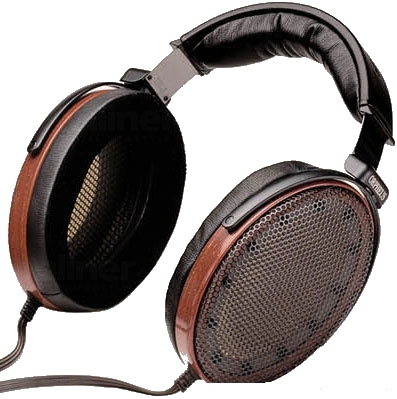
Inside the Legend: The Technology Behind the Magic
The Orpheus’s incredible performance comes from its two perfectly matched components.
-
The HE90 Electrostatic Headphones: Unlike common dynamic headphones that use magnets and voice coils, electrostatic drivers use an ultra-thin, electrically charged diaphragm suspended between two perforated metal plates (stators). This design allows the diaphragm to move with incredible speed and accuracy, producing sound with unmatched clarity.
-
The HEV90 Tube Amplifier: The HE90 headphones require a massive amount of voltage to operate—a staggering 500 volts. The dedicated HEV90 amplifier was built specifically for this task. Its six vacuum tubes not only provide the necessary power but also impart a subtle warmth and richness to the sound, a characteristic beloved by audiophiles.
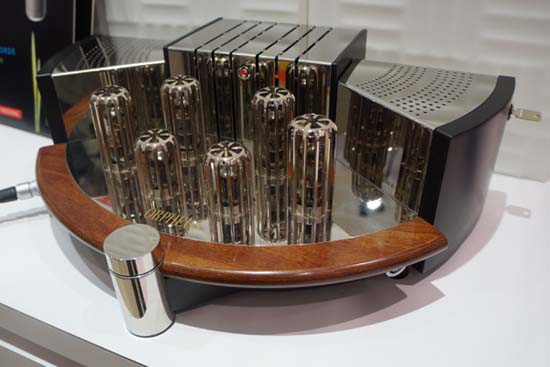
Rarity and Value: A True Collector’s Item
With only 300 units ever produced, the Orpheus is one of the rarest pieces of high-end audio equipment in existence. Originally retailing for $16,000 in the early ’90s, its value has appreciated significantly over time. Today, a complete system in good condition can command prices well over $30,000 on the secondary market, cementing its status as a sound investment and a prized possession for collectors.
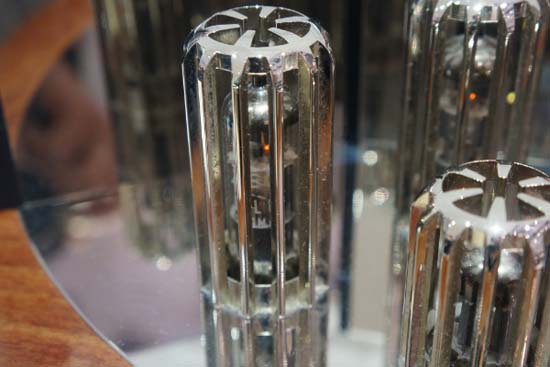
The Legacy Continues: The Sennheiser HE 1
The Orpheus story didn’t end in 1991. In 2015, Sennheiser unveiled its spiritual successor: the Sennheiser HE 1. This new system pushes the boundaries even further, with an amplifier built from a solid block of Carrara marble and an even more refined acoustic design. It stands as a testament to the enduring legacy of the original Orpheus.
Sennheiser Orpheus HE90 (1991)
- Housing: Classic wood and metal finish
- Exclusivity: Limited edition of ~300 units
- Original Price: ~$16,000
Sennheiser HE 1 (2015)
- Housing: Solid Carrara marble base
- Exclusivity: Limited annual production
- Original Price: ~$59,000
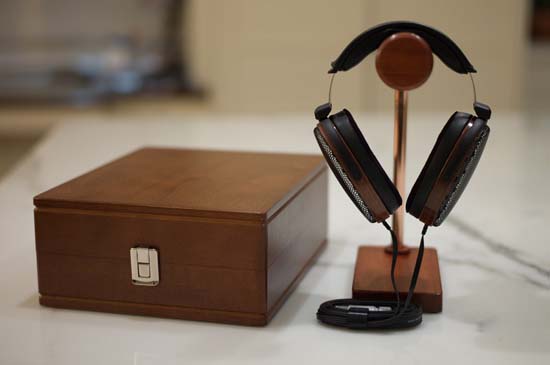
Sennheiser Orpheus HE90 Headphone Specifications:
- Frequency response: 7-100,000 Hz (-10 dB); 14-85,000 Hz (- 6 dB); 25-75,000 Hz (- 3 dB)
- Frequency range: diffuse field equalized
- Transducer principle: electrostatic
- Ear coupling: circumaural
- Contact pressure: 4.6 N
- THD at SPL of 110 dB (94 dB) < 0.1 % (< 0.01 %)
- Nominal sensitivity: (V = 100 V) ≥ 98 dB/1 kHz
- Polarisation voltage: 500 V
- Weight (without cable): 365 g
- Connector: 5-pin HV plug
- Connection cable: 3 m, 6-core; OFC copper cable with gold-plated contacts
- Dimensions: 19 x 10 x 21.5 cm
Sennheiser Orpheus HEV-90 Amplifier Specifications:
- Frequency response: 10 – 20,000 Hz (- 0.25 dB)
- THD (1 kHz) < 0.01 %
- Unweighted S/N ratio ≥ 80 dB
- Sensitivity/impedance: 10 kΩ
- Talk-over muting: (1 kHz) ≥ 80 dB
- Output voltage :400 Veff
- Line inputs:
- (switchable) optical, digital (Toslink)
- co-axial, digital (RCA phono)(automatic recognition of incoming sampling frequency)
- co-axial, analogue(RCA phono)
- Outputs for 2 HE 90 headphones
- Weight approximately: 13 kg
- Dimensions: 53 x 34 x 15.5 cm
Conclusion: A Timeless Icon
The Sennheiser Orpheus HE90 is more than just a product; it is a monument to what is possible when engineering artistry meets an unyielding passion for sound. It remains an enduring icon, a piece of audio history that continues to inspire awe and define the absolute pinnacle of personal listening. For an even more in-depth technical analysis, a detailed review from its era is available on Stereophile.
Originally Published: November 14, 2013 | **Updated October 2024**